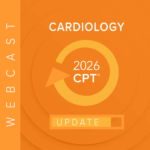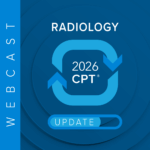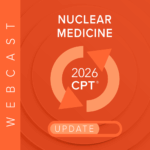Last week the Centers for Medicare & Medicaid Services (CMS) released a blog post from agency Administrator Seema Verma titled “Recovery Audits: Improvements to Protect Taxpayer Dollars and put Patients over Paperwork.” In the post, Ms. Verma talked about the Recovery Audit Contractor (RAC) changes CMS made back in 2015, including implementing an accuracy rate target of 95 percent, a maximum overturn rate of 10 percent, and the new lower additional documentation request (ADR) limits. She also noted that in the fiscal year 2018, the RACs were successful, recovering $73 million (which, by the way, is a drop in the bucket compared to the $2.4 billion recouped in 2014).
But here is the problem: this post came completely out of the blue. Why did Ms. Verma feel compelled to discuss this now? The information is not new. The RACs have been operating under their current statement of work for the last three years; they have reportedly been approved to audit 133 different issues, including 59 physician issues. In addition, the RACs are permitted to audit for diagnosis-related group (DRG) validation. So what inspired this?
Having touted the RACs in this fashion, it begs the question of whether it heralds some looming change. Is CMS planning to raise the ADR limit? Will CMS open the RACs up to short stays? Who really knows, except, perhaps, CMS. Yet, we did see a notice on the RAC web page reading that “CMS may require the RACs to review claims based on referrals from the OIG (Office of Inspector General) or Department of Justice, or the Unified Program Integrity Contractors (UPICs). These CMS-required RAC reviews are conducted outside of the established ADR limits.”
So maybe CMS is now going to use the RACs for criminal investigations? This couldn’t possibly lead to anything good for providers.
Then there’s another disturbing bit of recent news, these involving docs, and drugs.
Last week, the makers of Exparel, an injectable anesthetic agent used for pain management after surgery, reported a 22 percent increase in sales since January.
January just happened to be when CMS and other insurers started paying extra for this medication in ambulatory surgery centers (ASCs) to try to reduce opioid use. So if this drug is so good, why wasn’t it used before in ASCs? Because the doctors own the ASCs, and using a costly drug that is not directly reimbursed means fewer profits for them. Now that the cost was reimbursed, the use increased greatly.
Why didn’t CMS also start to pay extra if the drug is used after surgery in a hospital? Because doctors, as we understand, already use it whenever it is needed since it has no effect on their payment for the procedure.
Is incentivizing providers like this a good thing? Time will tell.













